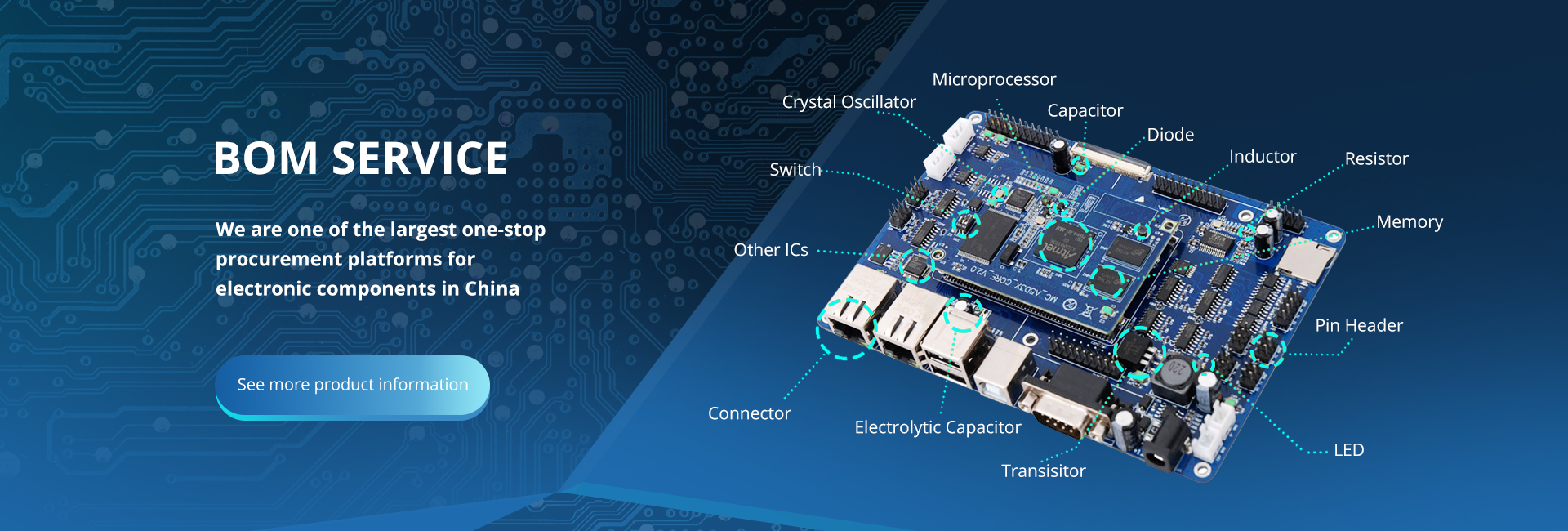Integrated Circuits (ICs), also known as microchips, are an integral part of modern technology. They are the building blocks of electronic devices, from the smallest smartphone to the most powerful supercomputer. ICs have revolutionized the way we live, work, and communicate, and their impact on society continues to grow. In this blog post, we will take a look at the evolution of ICs and explore where we are today in terms of their development and applications.

The history of ICs dates back to the late 1950s, when Jack Kilby and Robert Noyce independently invented the first integrated circuits. These early ICs were simple in design and functionality, but their impact was immediate and far-reaching. In the decades that followed, the size, complexity, and functionality of ICs continued to grow at an exponential rate. Today, ICs are used in a wide range of applications, from consumer electronics to industrial systems, and they continue to drive innovation and progress in the field of technology.
One of the key drivers of the evolution of ICs has been the development of new materials and manufacturing techniques. Early ICs were made of silicon, but today's ICs are made using a variety of materials, including gallium arsenide, indium phosphide, and silicon carbide. These new materials offer significant advantages in terms of speed, power consumption, and reliability, and they have enabled the development of ICs with unprecedented levels of performance and integration.
In addition to new materials, advances in manufacturing techniques have also played a critical role in the evolution of ICs. Early ICs were manufactured using a process known as planar technology, which involved etching circuits onto a flat surface. Today, ICs are manufactured using a variety of advanced techniques, including three-dimensional integration, wafer bonding, and epitaxial growth. These techniques allow for the creation of ICs with complex three-dimensional structures and enable the integration of multiple functions onto a single chip.
Another important trend in the evolution of ICs is the increasing focus on power efficiency and energy consumption. As electronic devices continue to shrink in size and increase in complexity, the demand for low-power ICs has grown significantly. In response to this demand, manufacturers have developed a wide range of low-power ICs, including power management ICs, energy-efficient microcontrollers, and ultra-low-power wireless communication ICs. These ICs are essential for enabling the development of battery-powered and energy-efficient devices, such as smartphones, wearable devices, and IoT sensors.
The evolution of ICs has also been driven by the increasing demand for high-speed, high-bandwidth communication. As the demand for data continues to grow, the need for high-speed ICs capable of processing and transmitting large volumes of data has become increasingly important. To meet this demand, manufacturers have developed a wide range of high-speed ICs, including high-speed data converters, high-speed interface ICs, and high-speed memory ICs. These ICs are essential for enabling the development of high-speed communication systems, such as 5G networks, high-performance computing systems, and data center infrastructure.
Looking ahead, the evolution of ICs is expected to continue at a rapid pace. As the demand for smaller, faster, and more efficient electronic devices continues to grow, the need for advanced ICs will only increase. Manufacturers are already working on the development of next-generation ICs, including quantum computing ICs, neuromorphic computing ICs, and terahertz-frequency ICs. These ICs have the potential to revolutionize the way we process and transmit information and enable the development of new technologies and applications that were previously considered impossible.
In conclusion, ICs have come a long way since their invention in the 1950s. From simple, single-function chips to complex, multi-functional systems-on-chip, the evolution of ICs has been driven by advances in materials, manufacturing techniques, power efficiency, and high-speed communication. As we look to the future, the development of next-generation ICs will be essential for enabling the next wave of technological innovation and progress. It's clear that ICs will continue to play a critical role in shaping the future of technology and society.








